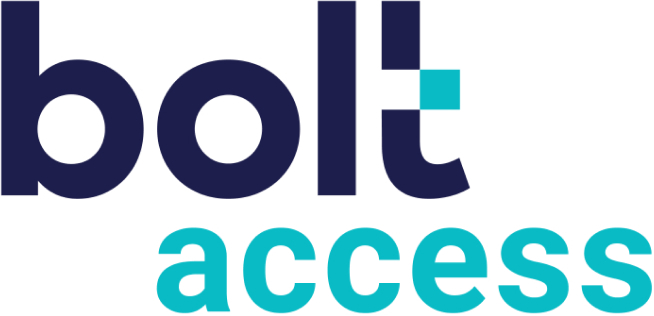
"Every year, there are thousands of cases of auto insurance fraud that are spotted by insurers and law enforcement agencies alike. However, many also continue to go undetected, and that ends up costing the average driver - who has no involvement with these crimes - a lot of money over the course of a year when it comes to paying their own premiums. This is an unfortunate reality that insurance agents might have to better explain to their clients, as this could go a long way toward making them feel better about what they pay every month. Auto insurance fraud is the most prevalent of any kind of insurance fraud in the industry, and has been steadily becoming more popular among criminals for some time now, according to a report from Fox Business. In 2012, the latest year for which data was available, the number of suspected cases climbed to more than 78,000 nationwide, up 12.7 percent from a year earlier. And from 2010 to 2012, more than 209,000 questionable claims were submitted across the country. Some estimates show that as much as 25 percent of all claims of injury after a crash are fraudulent, the report said. Meanwhile, only about 10 percent of claims on other types of property and casualty insurance policies turn out to be fraudulent. How do these realities impact everyone's costs? What this means for the average driver is that the amount they have to pay for coverage, even if they're not in a crash, can rise quickly, the report said. If all auto insurance fraud were stamped out today, the average person might pay as much as $300 less for their coverage annually as the direct costs associated with those claims falls. Indirectly, the average household probably pays as much as $1,000 more per year. When insurance agents are doing a good job of delivering strong communications and building a rapport with their clients, they tend to do better in the industry overall. Often, good customer service outstrips even the ability to provide the occasional discount. That, in turn, means that many agents may be able to build a better customer satisfaction rating just by explaining the ins and outs of coverage, and what impacts costs, on a regular basis. This could also lead to higher client retention rates."
Talk to an expert
Contact us
